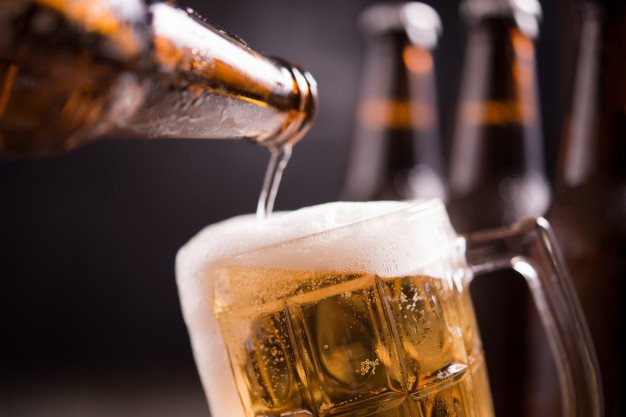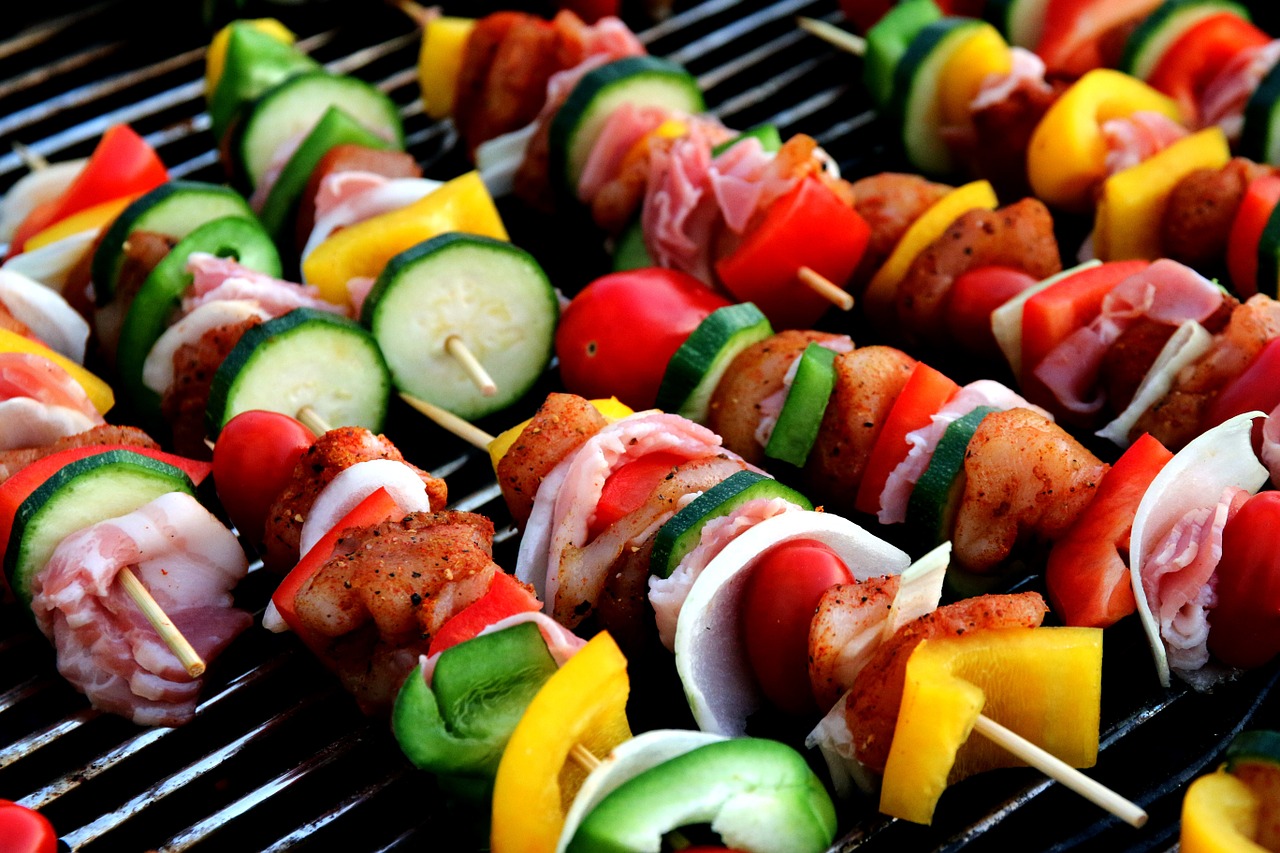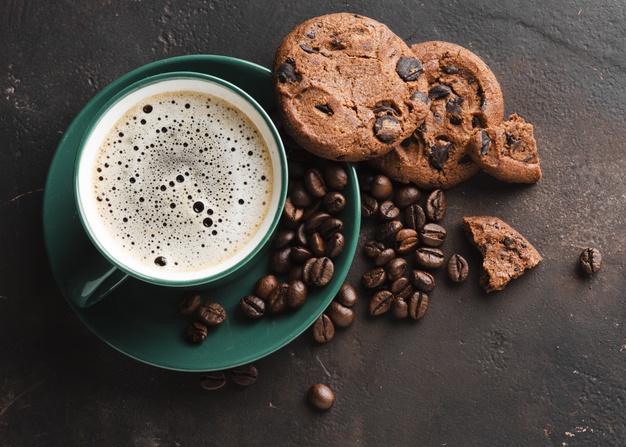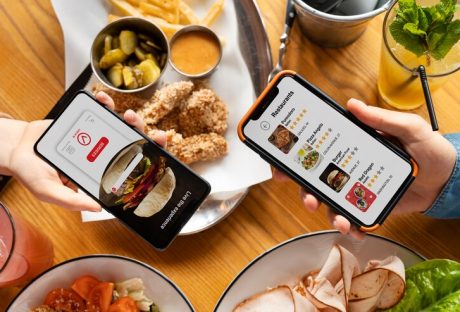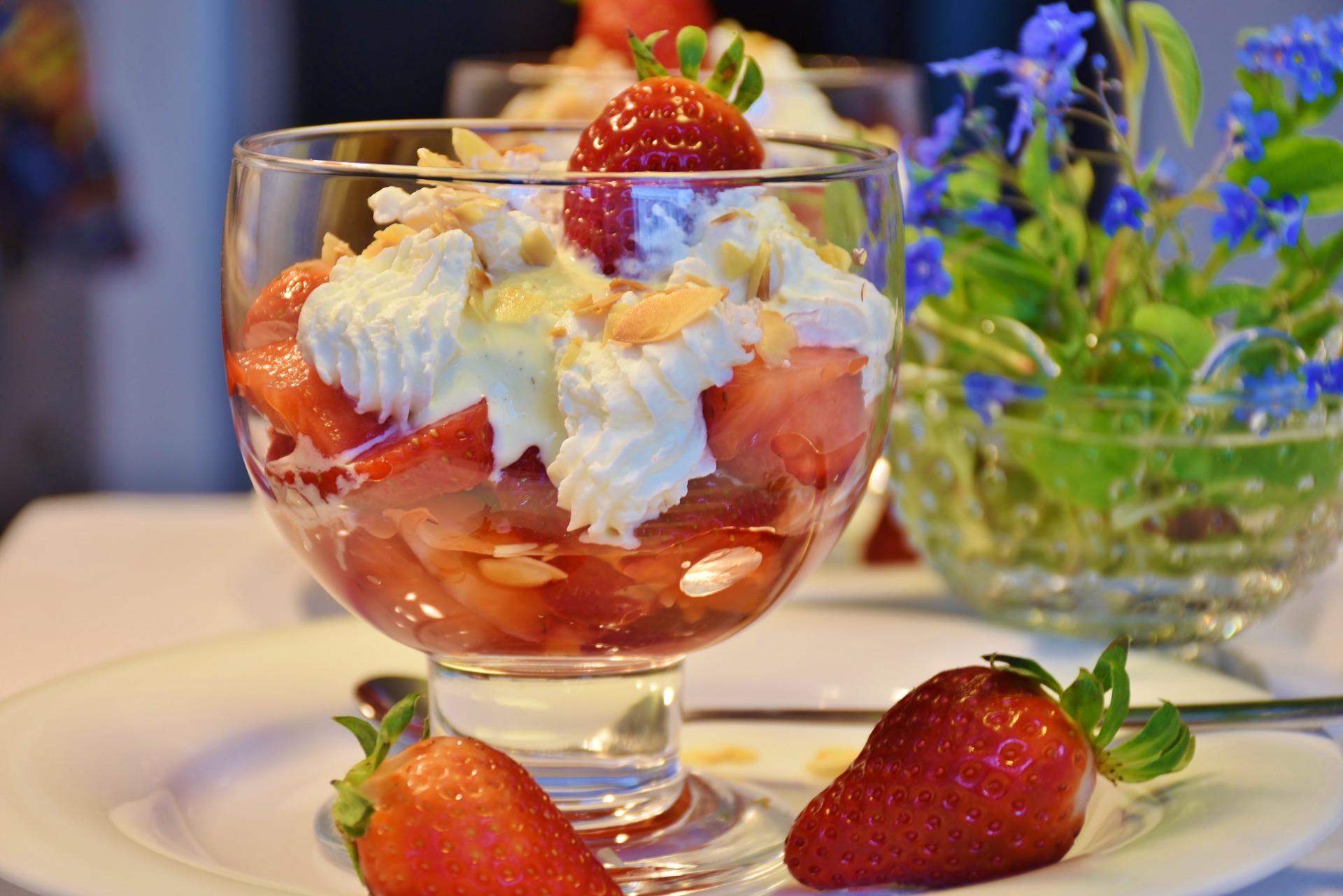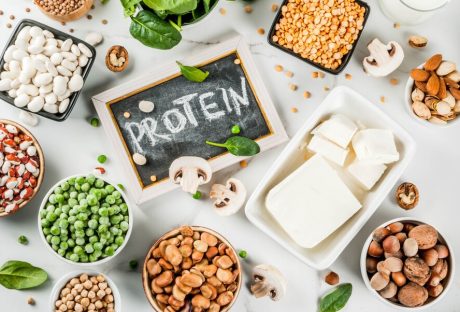Imagine a pub setting in the earlier days. Beer served in a pint glass with packets of greasy peanuts and a jukebox playing music in the background.
In recent years, the scene has changed. Now, you have hipster, craft ale, and gastropubs that are dominating the arena.
The common misconception of beer is that it’s fairly straightforward. There’s nothing sophisticated about the taste since the main goal is to get drunk. However, beer brewing is an art in itself.
Artisan brewers made it their life’s mission to change the way beer is viewed and consumed. From simple, large beer pints, beer is now better served in unique beer glassware.
Sampling beer is a big part of beer culture now. One reason for this is the myriad of flavors that are available in the market today. Your grandfather simply didn’t have the luxury of options when it came to beer or glassware!
With the pub culture constantly changing, what should you know when it comes to beer drinking etiquette?
Here are seven beer-drinking rules for most modern-day pubs:
Make Sure Everyone Has Their Beer
Before proposing a toast, make sure that everyone has their beer ready. Whether they are holding a can, small unique beer glassware, or bottle, make sure that everybody has a drink in their hand.
Say No to Warm Beer
“Thou shalt not offer warm beer.” The drinker can’t appreciate the aroma and taste if the beer is not served at the right temperature, which is between 3 to 5 degrees Celsius. Make sure to keep the beer chilled before serving.
Be Choosy with The Glass
It’s also discouraged to pour the beer in any glass. Each type of alcohol requires the right glass to enhance the flavor. While some of these glasses may look great, a beer would look out of place in a champagne glass.
Most beer drinkers know what kind of beer glass is appropriate to enjoy the aroma and taste of the beer. Be a gracious host and choose the right glass for the beer.
Keep the Foam
Never scrape the beer foam away. The foam keeps the taste of the beer. And as you chug it down, let the beer head touch your tongue. You can enjoy the flavor better when you do that.
Don’t Order Beer for Someone Else
Beers have different flavors and characteristics. In the same vein, beer drinkers have different tastes. So let others order their beer out of respect for their preferences. Let them decide the flavor they want.
Never Pour Beer in A Frozen Glass
In the same manner, don’t accept beer in a frozen glass. While beers taste best when chilled, it’s the beer that needs chilling not the beer glass. Freezing the glass kills flavor so you or your guest will not enjoy the taste.
Don’t Blindly Follow the Crowd
You drink beer for the aroma, taste, and experience. Don’t succumb to peer pressure by blindly ordering what everybody else is drinking. If you want your beer sweet, light, or soft, go for it! Unless, of course, somebody else is picking up the tab.
Keep these rules in mind the next time you drink with your friends or the next time you host a party at your home. Also, if you have been using beer pints, get rid of them and order your beer glasses today at Cheers All. Enjoy shopping with their extensive beer glass collection that will leave you in awe.
Read Also:













